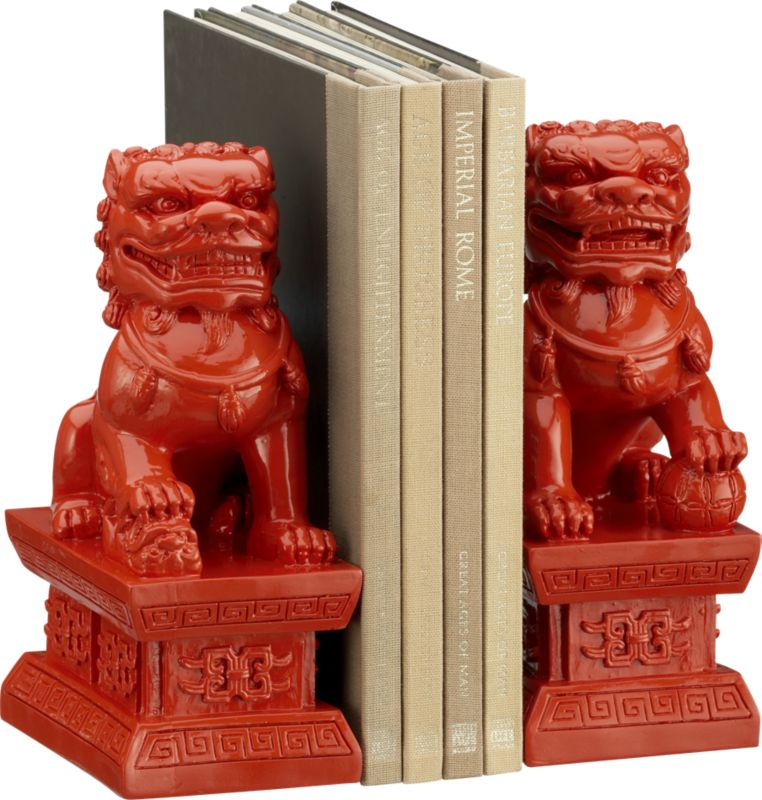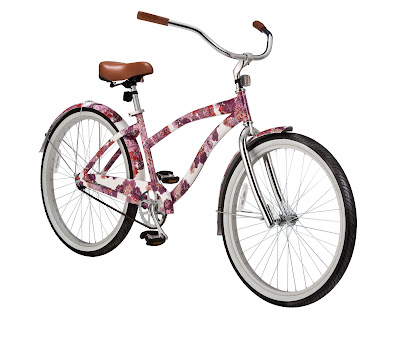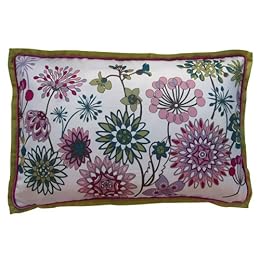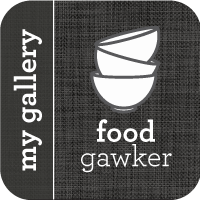A Different Night
Last year, we hosted our first Passover Seder as a married couple. Since no one keeled over from boredom, we reprised our efforts this year . . . but with double the guests, each with different levels of observance. Goy vey.
Our unique twist on the seder is that each guest uses a different haggadah; this way, each person has access to a different spin on the traditional text. But we also like the idea of having a few readings and songs that are shared by all the guests. So we compiled our own supplemental haggadah, in which we collected our favorite versions of certain readings. That's our supplemental haggadah tucked inside the napkin above.
The more traditional items on our seder table included the seder plate, filled with symbolic items like charoset, an apple and walnut mixture that represents the mortar used by the Jewish slaves to build the storehouses of Egypt; marror, the bitter herbs that represent the bitterness of slavery; and a shankbone, which represents the Pascal lamb offered at the Temple as a sacrifice. Since ours is a vegetarian-friendly seder, we substituted a Pascal yam in lieu of the lamb bone.
Also on the table is lots of matzoh, the unleavened bread we eat throughout the Passover holidays. For everyday meals, we use square matzoh, which is machine-made. But for our seder, I bought shmurah matzoh, which is handmade and round. It also, unfortunately, tasted like stale, chewy cardboard. Blech.
As a literature buff, I love the rich symbolic and storytelling aspects of Passover. Sure, we all know how the story ends, but each year we still manage to find parts of it that resonate in fresh and unexpected ways. I also love that Passover gives us an excuse to get together with friends and family and sing songs loudly and off-key. Sure enough, the more wine we drank, the louder and more off-key we got.
Of course, in addition to the drinking and the reading, we also ate . . . a lot. More on the festive menu in my next post.
Did you celebrate Passover this year? Read more...





























































